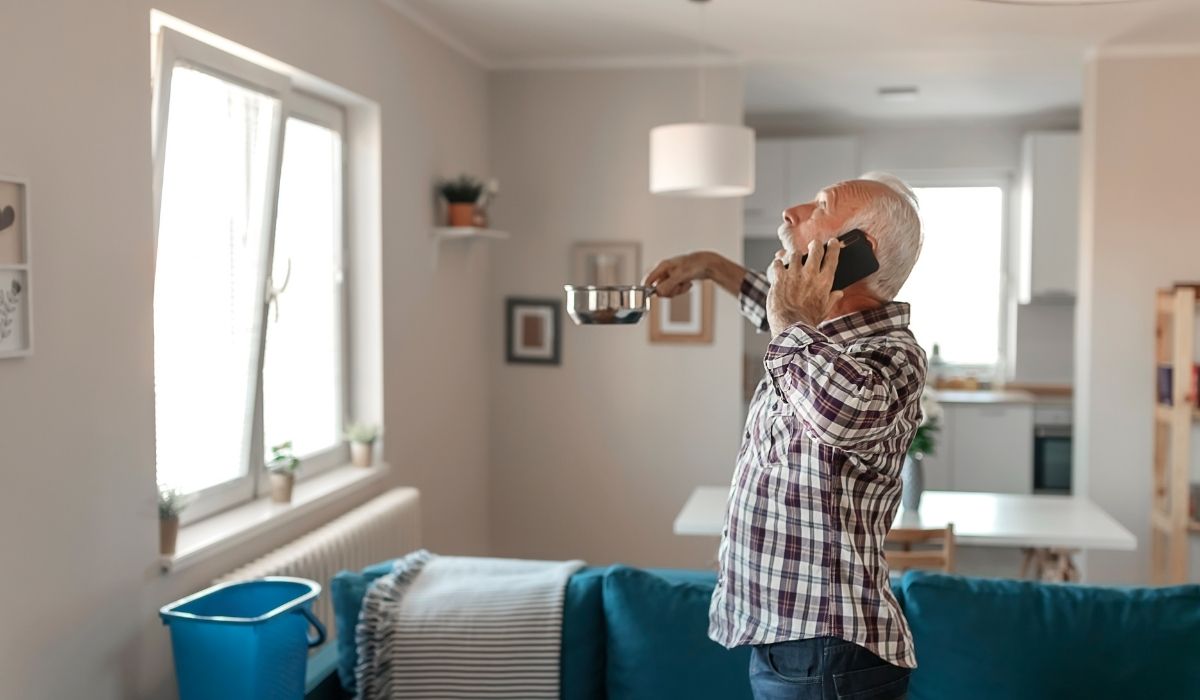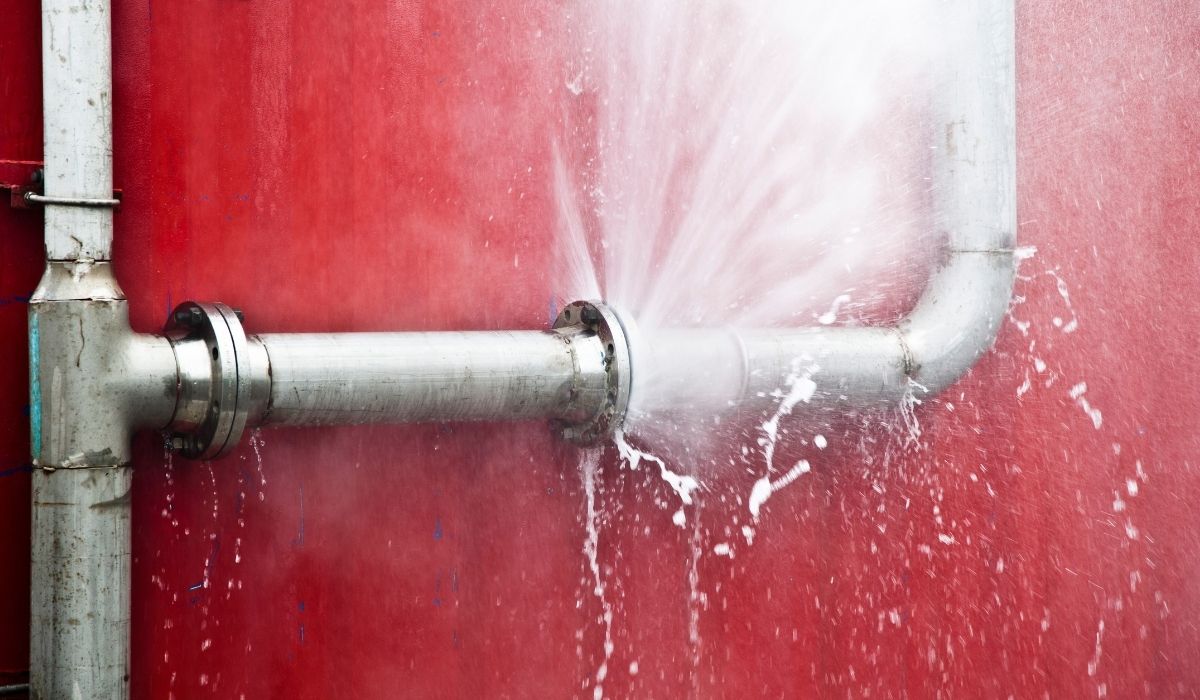Best Way To Board up Windows
Storms can bring strong wind, flying debris, and heavy rain. One of the smartest things you can do before a big storm hits is protect your windows. This guide will show you the best way to board up windows using simple tools and steps. It’s easy to follow and made for anyone who wants to keep their home safe.
We’ll talk about tools, materials, safety, and even offer alternatives to boarding up windows. Let’s get started!
Why Should You Board Up Windows?

Protect Against Storm Damage
During a storm, wind can throw debris into your windows. If glass breaks, it can hurt someone and let rain or wind inside your home.
Save Money on Repairs
Fixing a broken window is costly. Boarding up windows is a smart home improvement tip that saves you money.
Keep Your Family Safe
Flying glass or water inside your home can be dangerous. Boarding up windows keeps your home and family protected.
What You Need Before You Start
You don’t need to be a pro. Just gather the right tools and follow steps carefully. Here’s what you’ll need:
- Tape measure
- Wood (like plywood, at least 5/8-inch thick)
- Drill
- Bit and pilot hole drill bit
- Fasteners (screws or bolts)
- Washer
- Tool (like a wrench or screwdriver)
- Paint or waterproofing material (optional)
- Ladder (for windows higher than your reach)
- Safety gear (gloves, goggles)
Measure Your Windows First
Use a Tape Measure
Start by using a tape measure to find the height and length of each window.
Add 8 Inches
Add about 8 inches to both the height and length. This helps cover the window frame and gives extra protection.
Write It Down
Write down each measurement. You’ll use this when cutting your wood.

Cut and Prep the Wood
Choose the Right Wood
Use thick plywood that is strong. A 5/8-inch board is best.
Cut to Size
Use your measurements to cut the wood. Make sure it covers the full window frame, not just the glass.
Label Each Board
Label each board with the room name like “bathroom window” or “kitchen window” so you know where it goes later.
Mark Drill Holes on the Wood
Use Your Tape Measure Again
Mark where your drill holes will go—at least 2 inches from the edge of the wood, and spaced about 12 inches apart.
Drill Pilot Holes
Drill a pilot hole into each marked spot. This helps guide the screws and keeps the wood from cracking.
Attach the Wood to Your Home
Drill Through the Wall or Frame
Use your bit to drill holes into your wall, window frame, or concrete area around the window. For vinyl siding, drill carefully to avoid cracks.
Use Washers and Fasteners
Put a washer on each fastener to spread the pressure. Then screw the wood into the wall. This keeps the board tight and safe.
Use Waterproofing (Optional)
Add a coat of paint or waterproofing to protect the wood from rain.
Tips for Upper Windows
If your window is high, use a safe ladder. Always have someone hold it. You can also ask for help from a friend or call a home improvement service.
Alternatives to Boarding Up Windows
Not everyone wants to use wood. Here are a few alternatives to boarding up windows:
1. Window Shutters
Window shutters are strong and built to protect windows. They can be part of your home’s exterior and still look good.
2. Storm Panels
Metal or plastic storm panels can be added before a big storm. They’re reusable and easy to store.
3. Impact Glass
This is strong glass that doesn’t break easily. It’s expensive but great for areas with lots of storms.
Other Areas to Check
Window Sill
Check the window sill for cracks or weak spots. Fix them so water doesn’t get in.
Framing
Look at the framing around each window. If it’s weak, the board won’t hold well.
Lawn
Bring in outdoor items like chairs or toys from your lawn. These can fly into your windows during storms.
When to Call for Help
Some people feel safer calling a home improvement company. You can ask for a free quote to see how much it costs. Some companies even offer a warranty on their work!
Quick Checklist
- Measure height and length of windows
- Cut wood with 8 inches added to each side
- Mark and drill pilot holes
- Attach with fasteners and washers
- Add paint or waterproofing
- Label boards and store extras for next time

FAQs
What is the best wood to board up windows?
Use 5/8-inch thick plywood. It’s strong and gives the best protection. Make sure it’s treated or painted to resist water.
Can I use screws instead of nails?
Yes! Screws are better because they hold the wood tighter and are easier to remove. Use a washer for extra strength.
Do I need to board up every window?
Yes, for full protection. Don’t forget small ones like the bathroom window or side windows. Wind and debris can hit anywhere.
Can I board up windows without drilling?
It’s hard to make it strong without drilling. But some alternatives to boarding up windows like storm panels don’t need drilling.
How do I take the boards off after the storm?
Use your tool (drill or screwdriver) to take out the fasteners. Save the wood for next time if it’s not damaged.
Protecting your windows doesn’t have to be hard. With simple tools like a tape measure, drill, and strong wood, you can keep your home safe from storms. Whether you DIY or ask for a free quote, the most important step is starting early—before the storm hits.
Stay safe and plan ahead. That’s the best way to board up windows.



